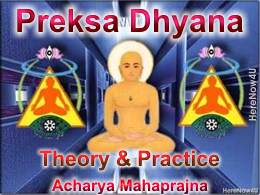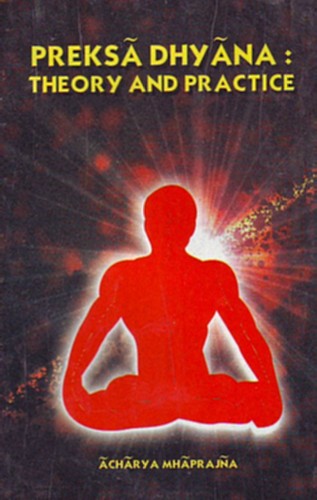
Every cell of the body needs a continued supply of nutrients and oxygen and a continual removal of wastes; disease-fighters, chemical messengers and other vital substances also need a transporting medium to distribute them through the body to keep the cells active and alive.
The blood circulatory system with its intricately branching and interconnecting tubes provides these services.
The main organs of this system are:
-
- heart,
- aorta,
- arteries,
- veins,
- capillaries.
The propulsive force that keeps the blood moving is the steady beating of a powerful pump - the heart The contractions of the heart drive blood into arteries which branch and rebranch into smaller tubes – arterioles - ultimately leading into tiny capillaries, that penetrate the tissues.
Here, the delivery of the nutrients and chemicals and exchange of gases take place. In time, the blood reloaded with wastes begins the return-trip draining it into successively larger veins and ultimately reaches the heart. The very name of the circulatory system implies that whatever blood goes out from the heart comes back to it, completing the circuit. The general sequence of circulation is:
Heart - artery - capillary - vein - heart.
 Acharya Mahaprajna
Acharya Mahaprajna

